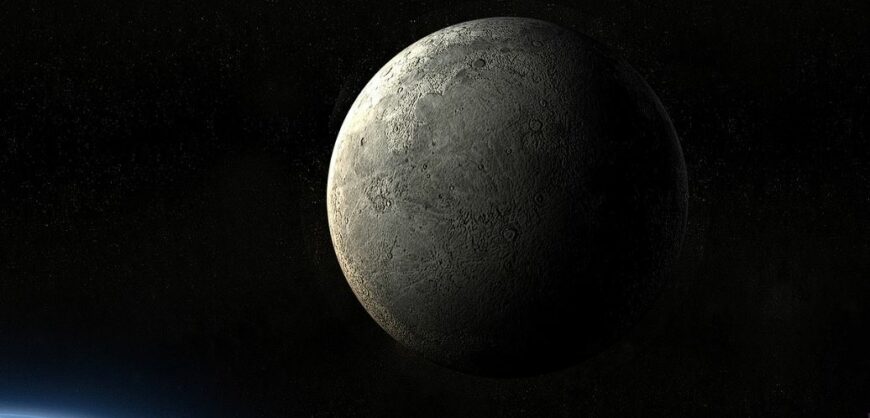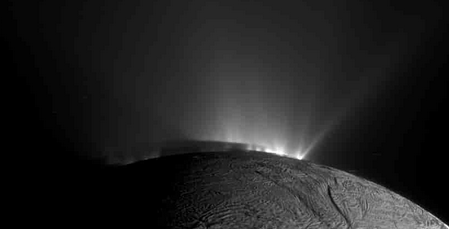If NASA’s planning remains on the rails politically, technically, and financially, the United States will plant new footprints on the moon toward the end of 2025.
That touchdown, on a mission called Artemis 3, will be the first human lunar landing since Apollo 17 moonwalkers stirred up the gray dust in December 1972.
Artemis 3 is intended to be the first of a number of human missions to the Artemis Polar Exploration Zone — the region poleward of 84 degrees south latitude.
Selecting a safe and science-worthy landing region for Artemis 3 is a challenging task. But there’s no doubt that great discoveries lie ahead — and one potential surprise could be detecting life on the moon.
New research suggests that future visitors to the lunar south pole region should be on the lookout for evidence of life in super-cold permanently shadowed craters — organisms that could have made the trek from Earth.
Microbial life could potentially survive in the harsh conditions near the lunar south pole, suggested Prabal Saxena, a planetary researcher at NASA’s Goddard Space Flight Center in Greenbelt, Maryland.
“One of the most striking things our team has found is that, given recent research on the ranges in which certain microbial life can survive, there may be potentially habitable niches for such life in relatively protected areas on some airless bodies,” Saxena told Space.com.
more at livescience.com
also read






































